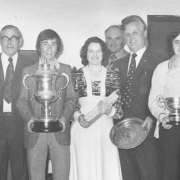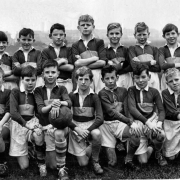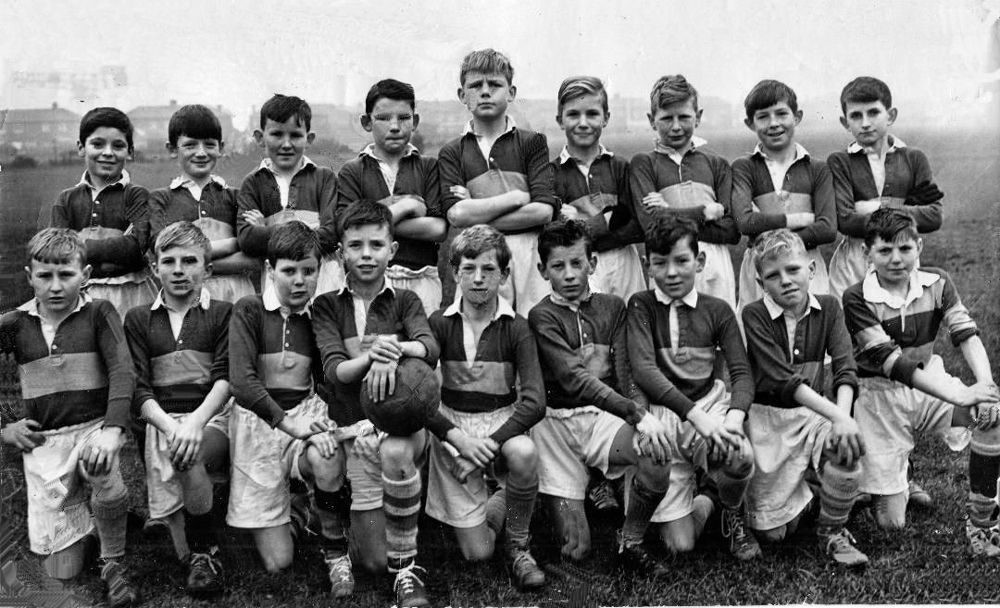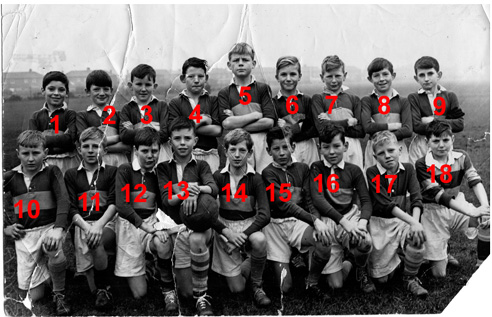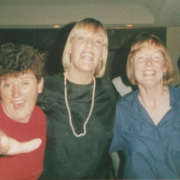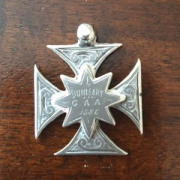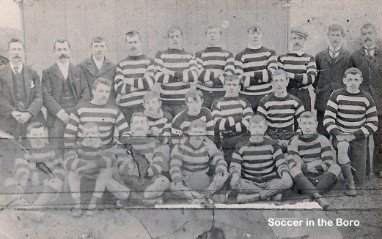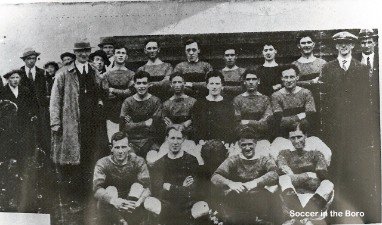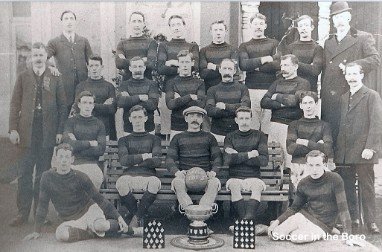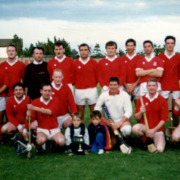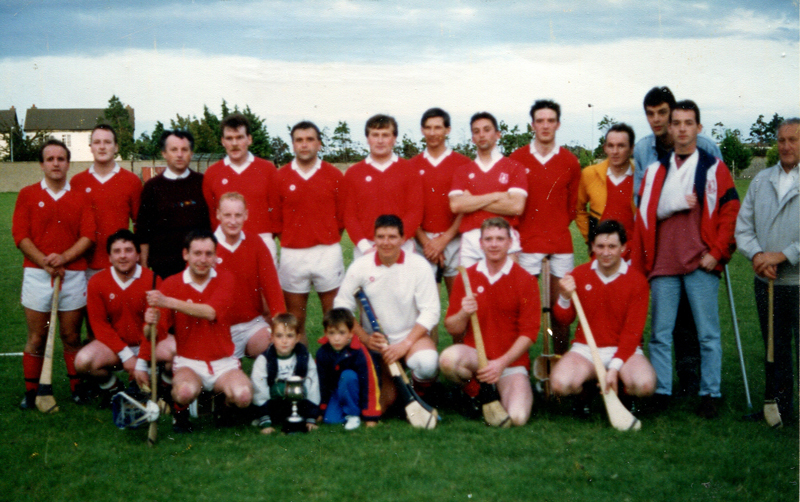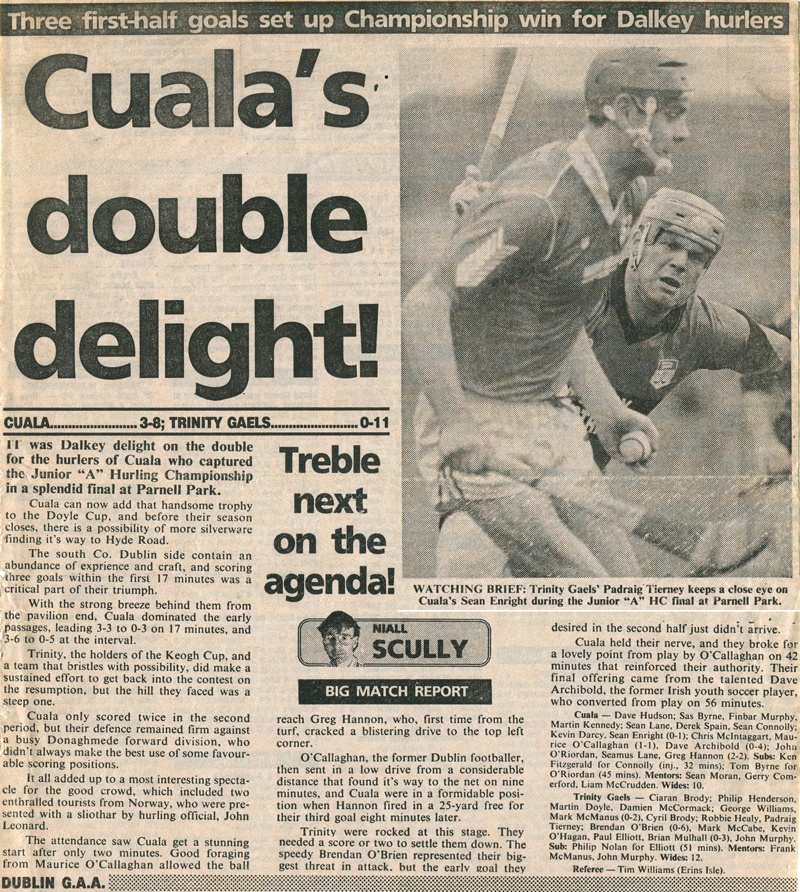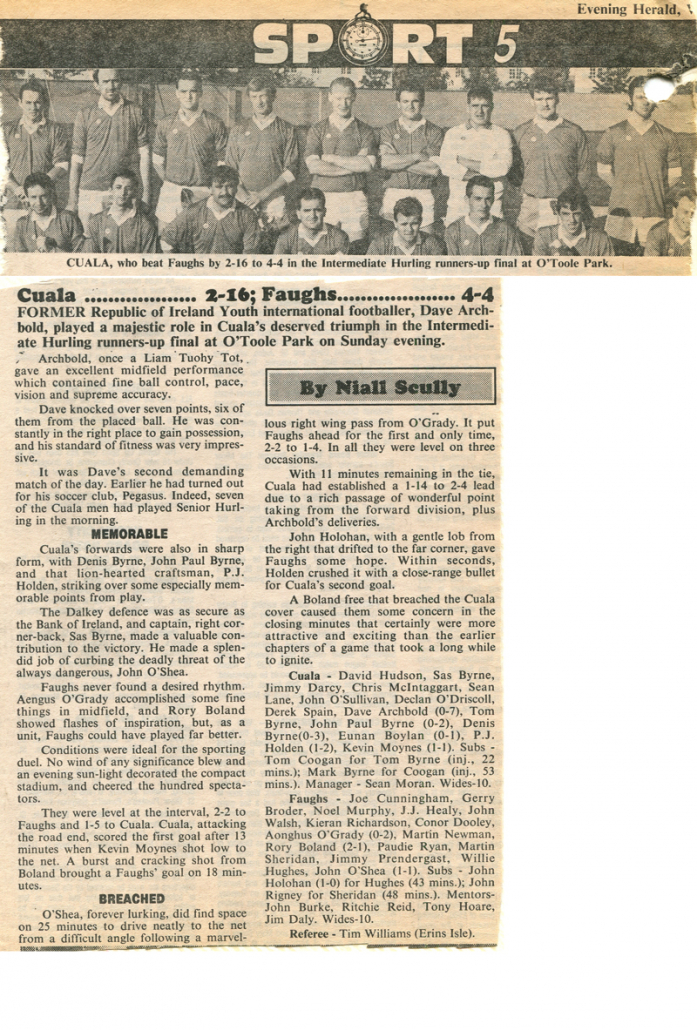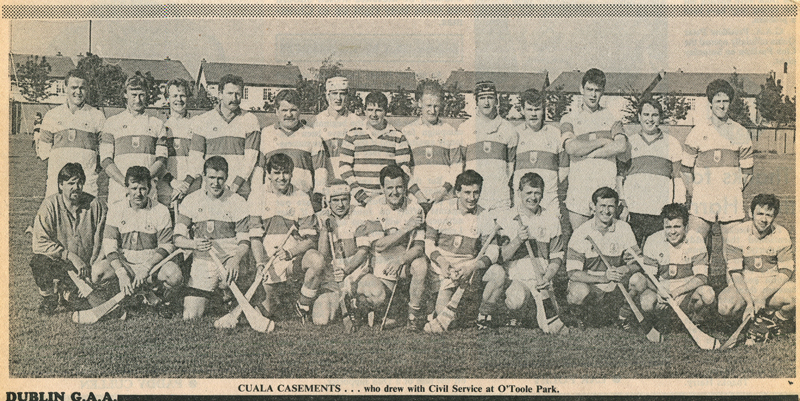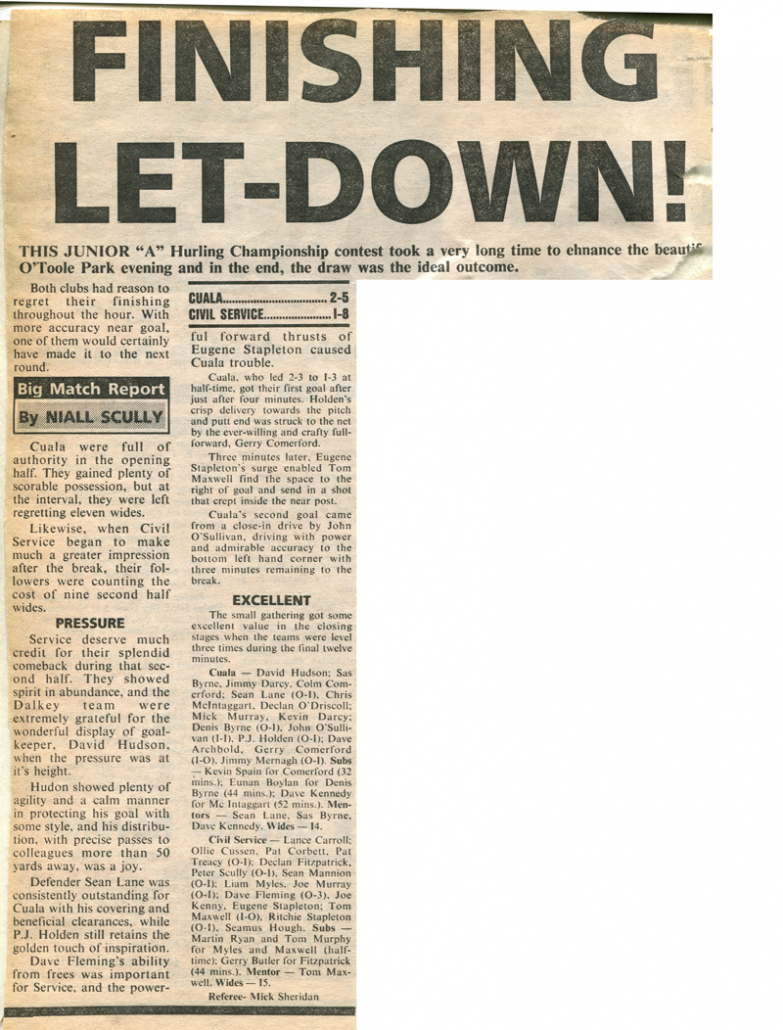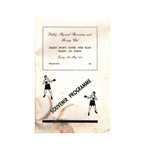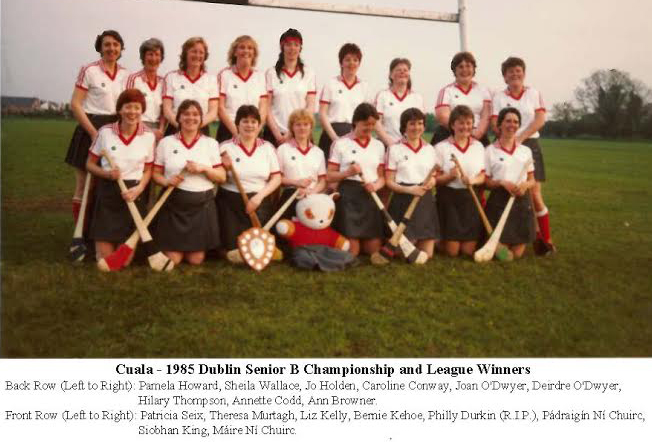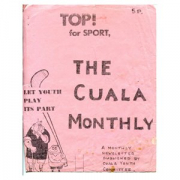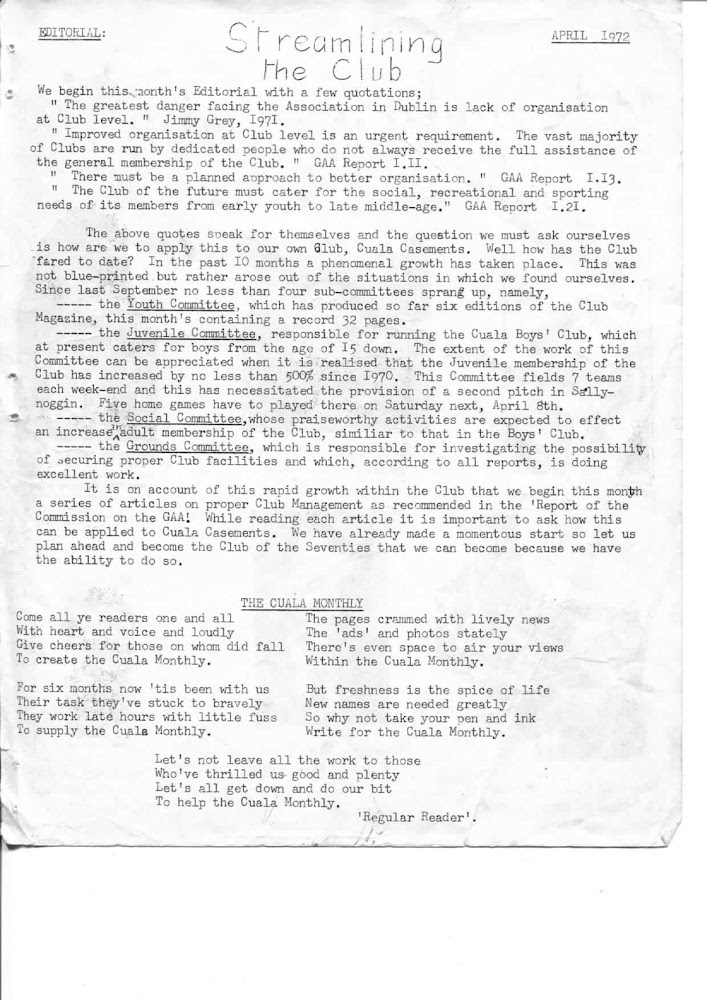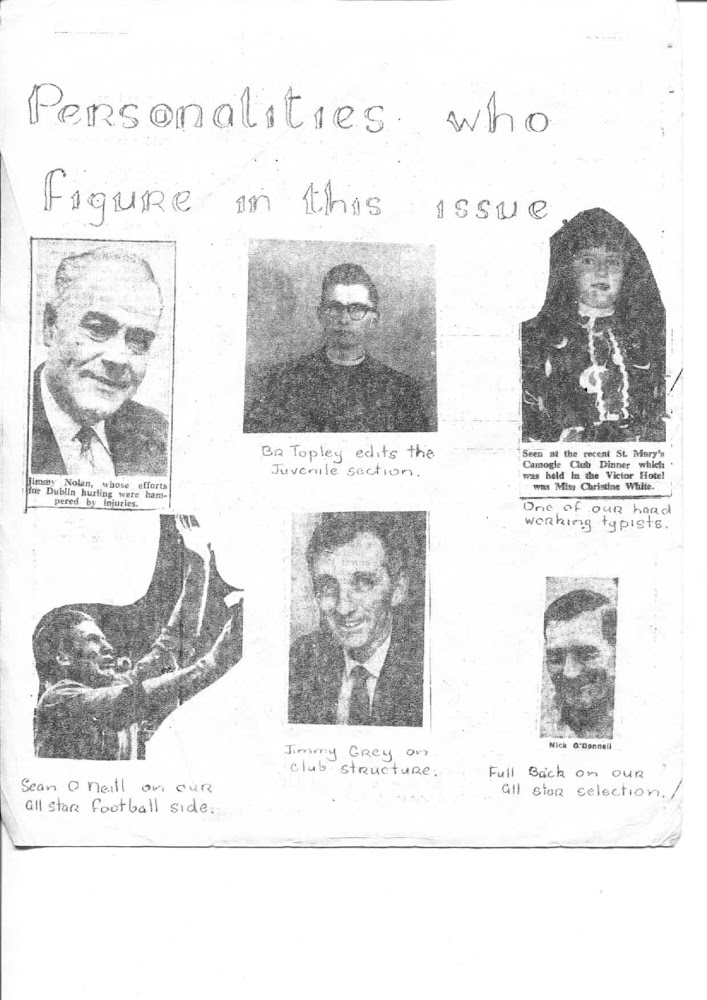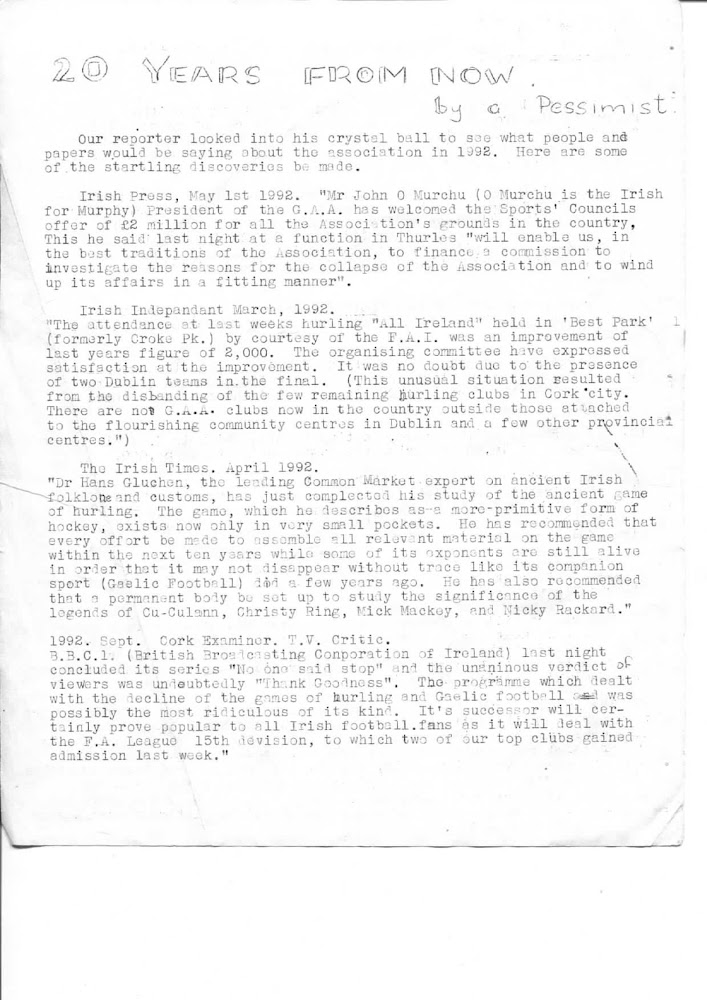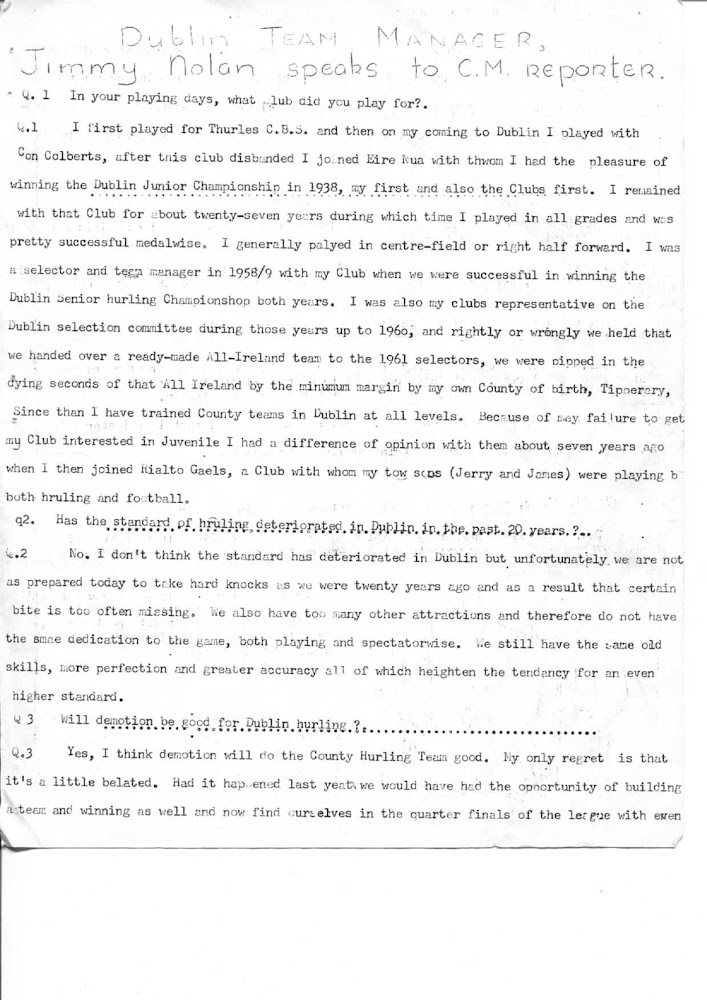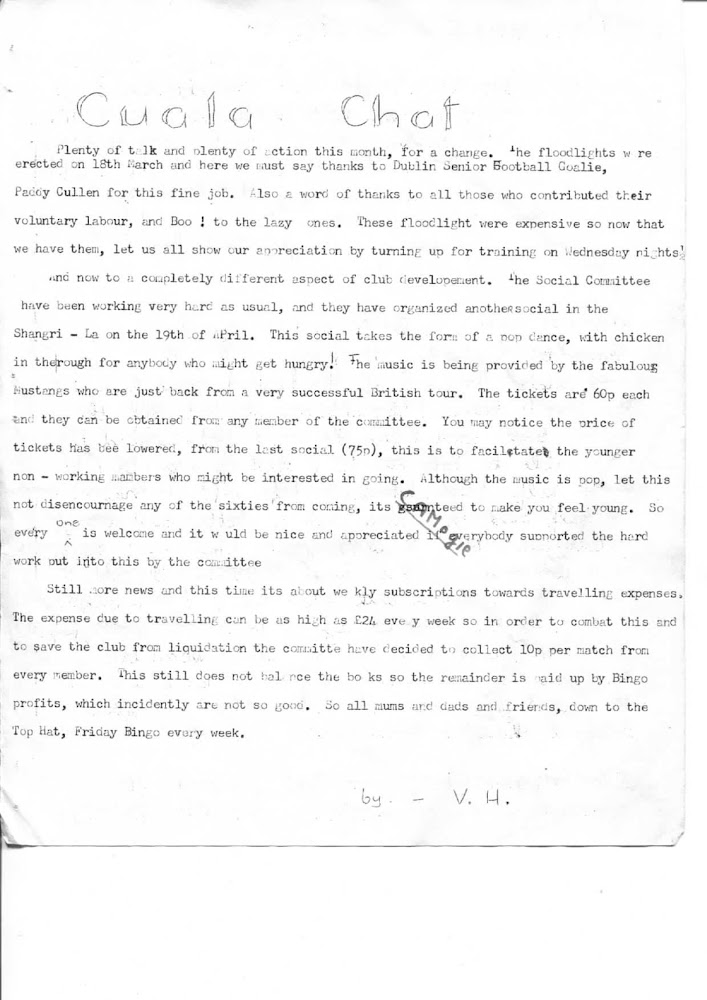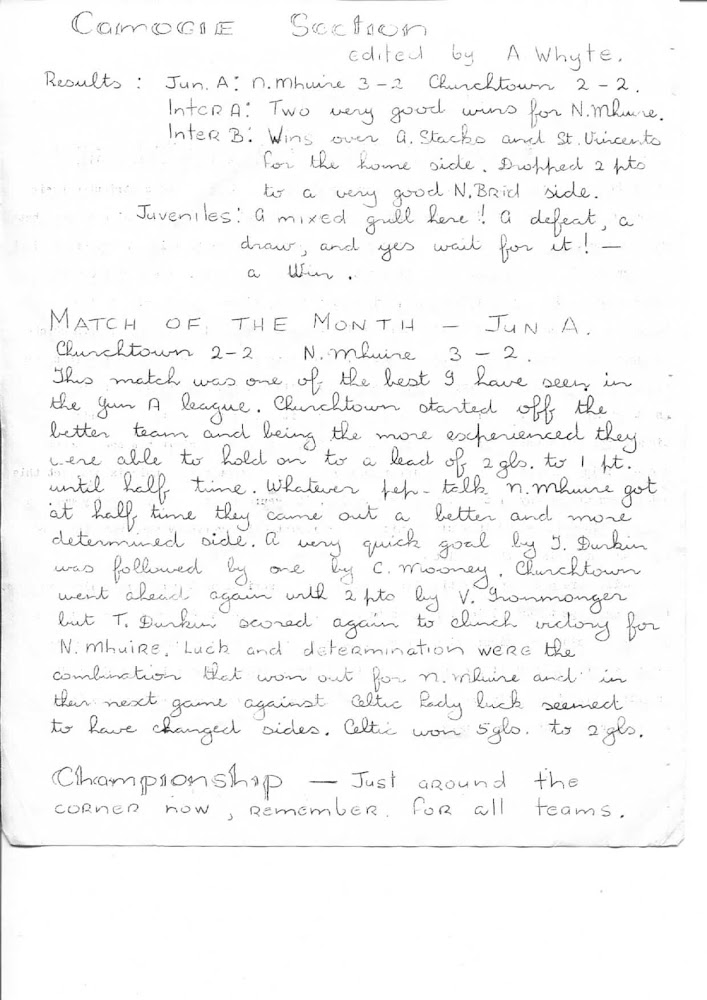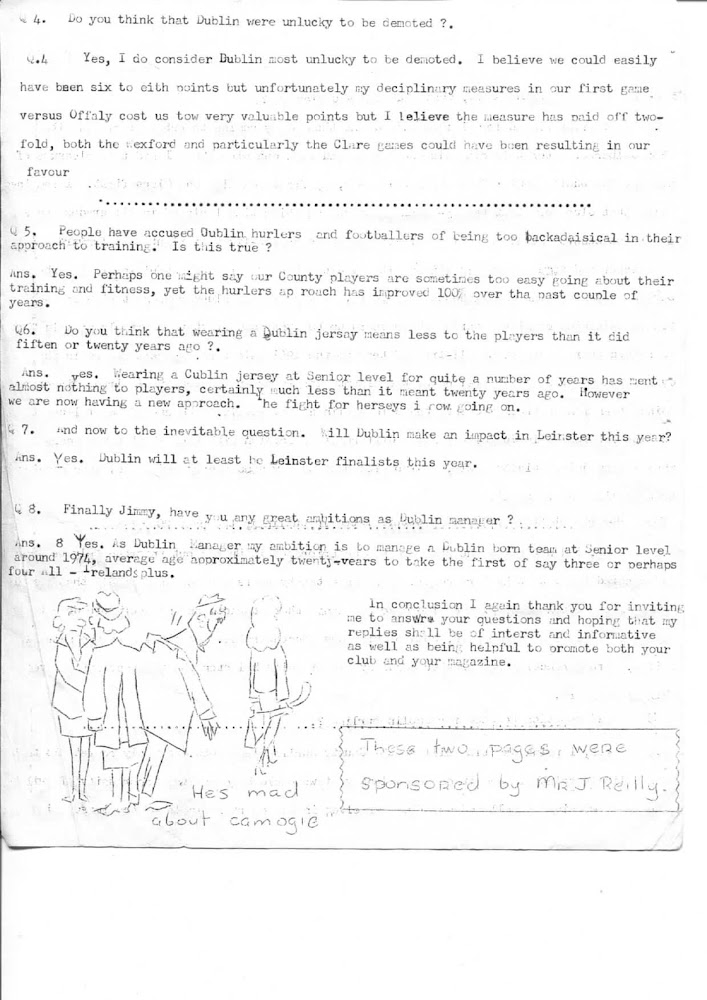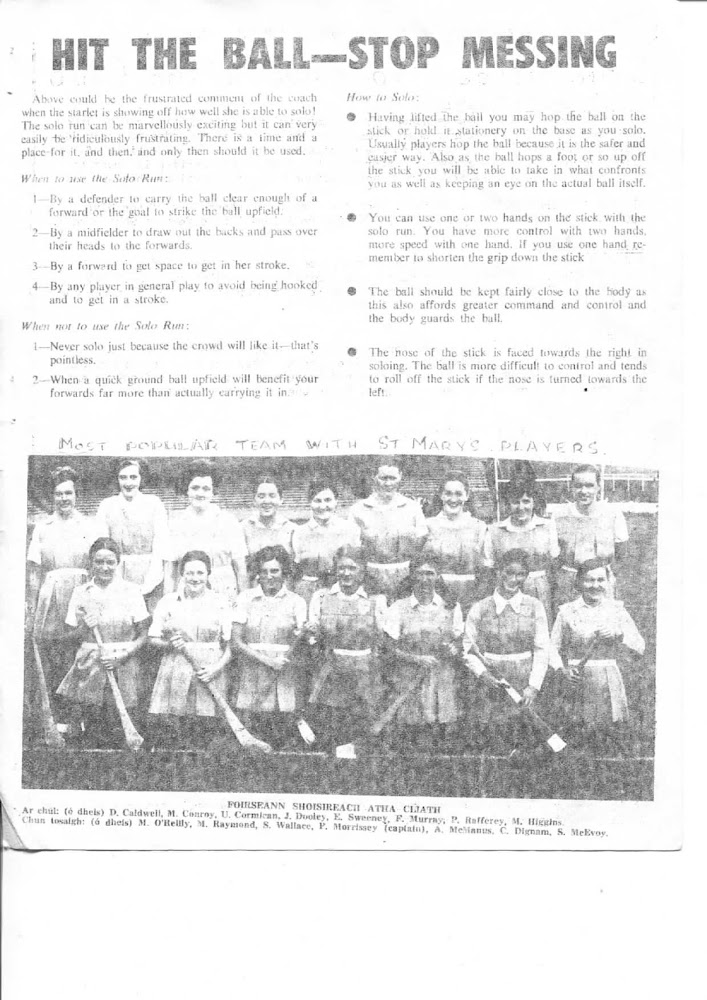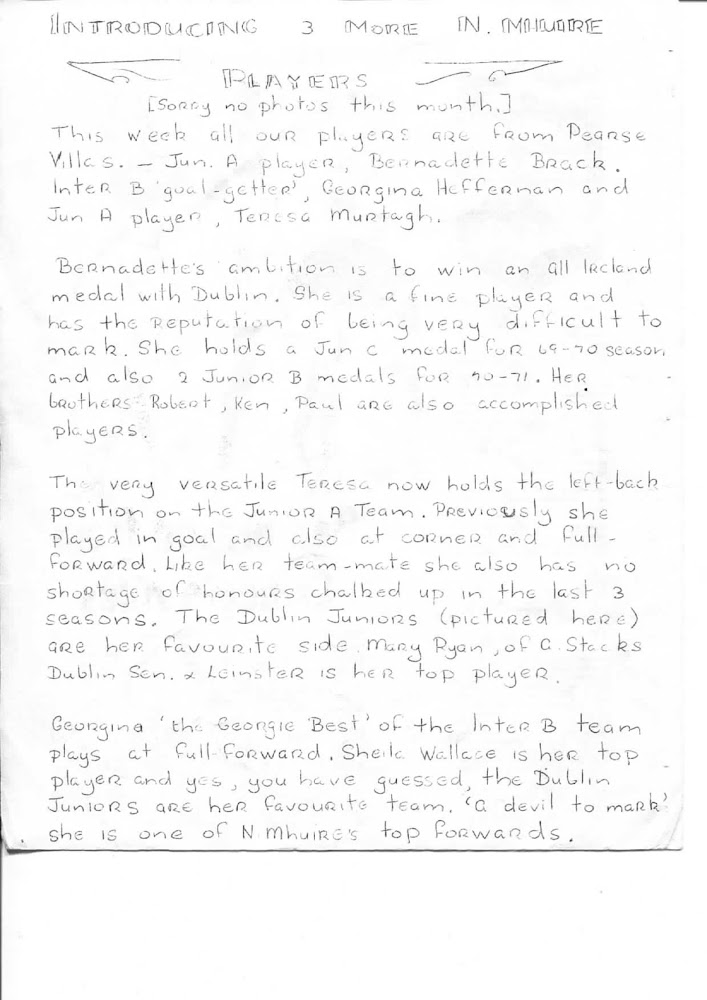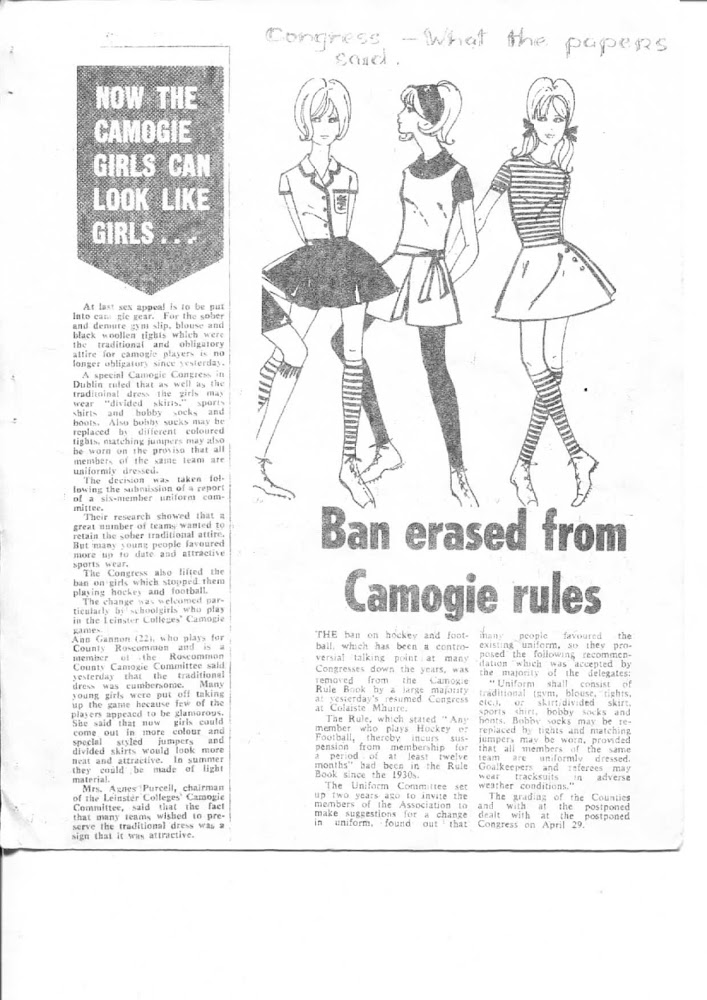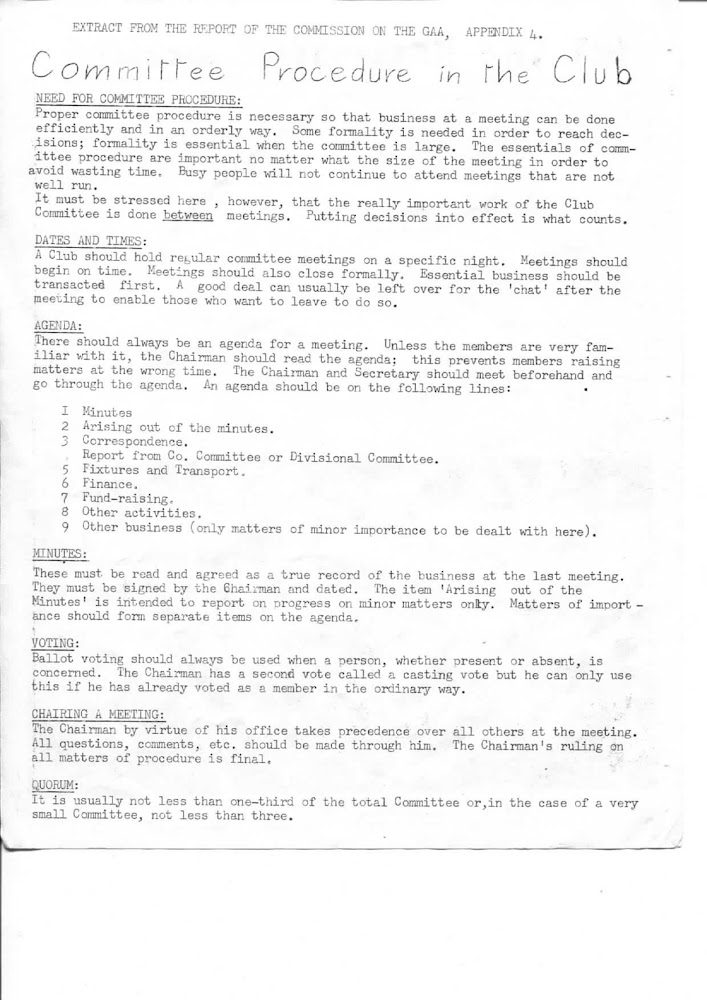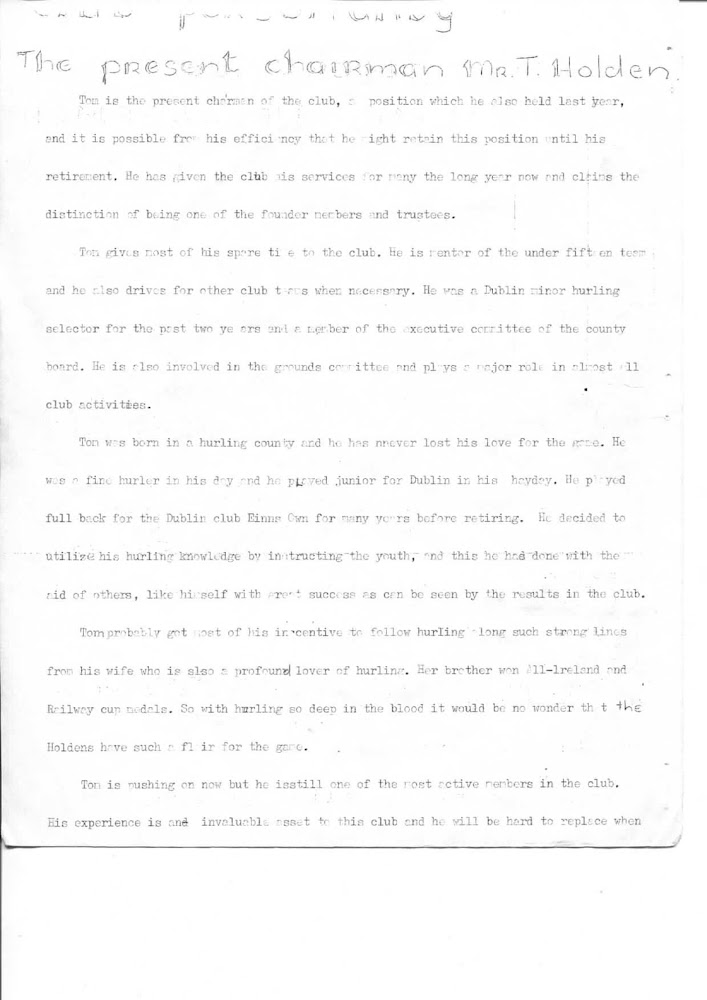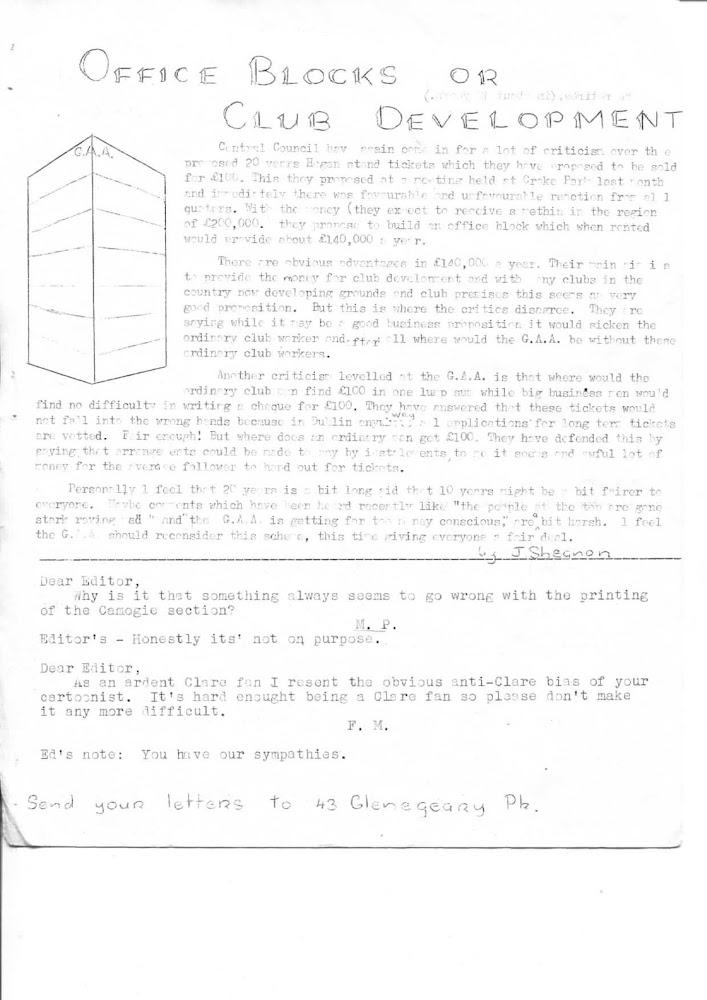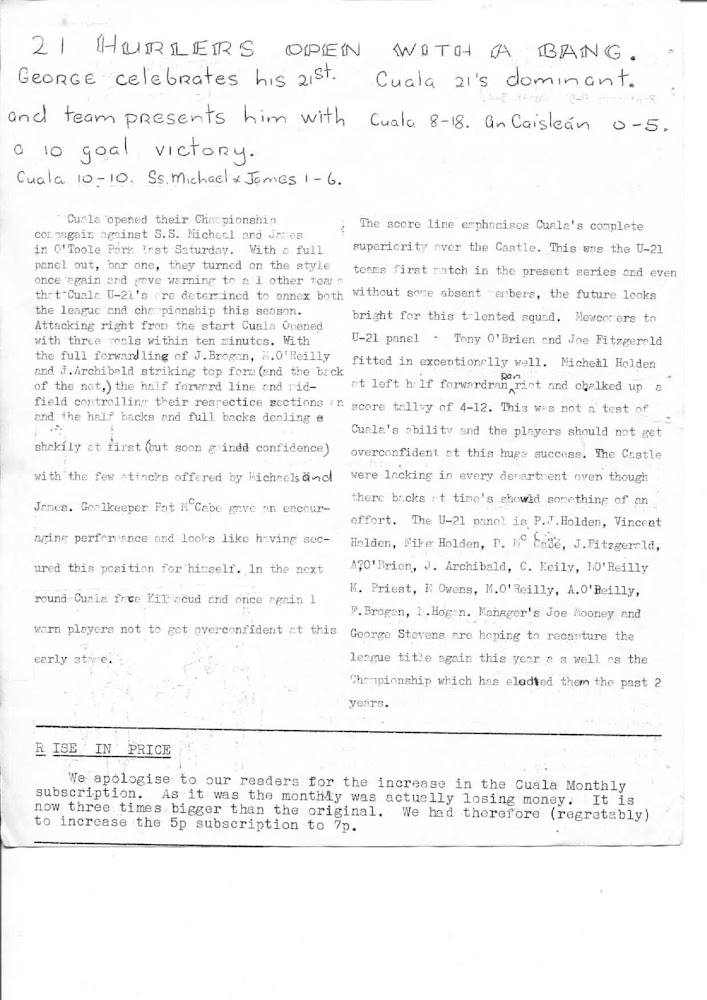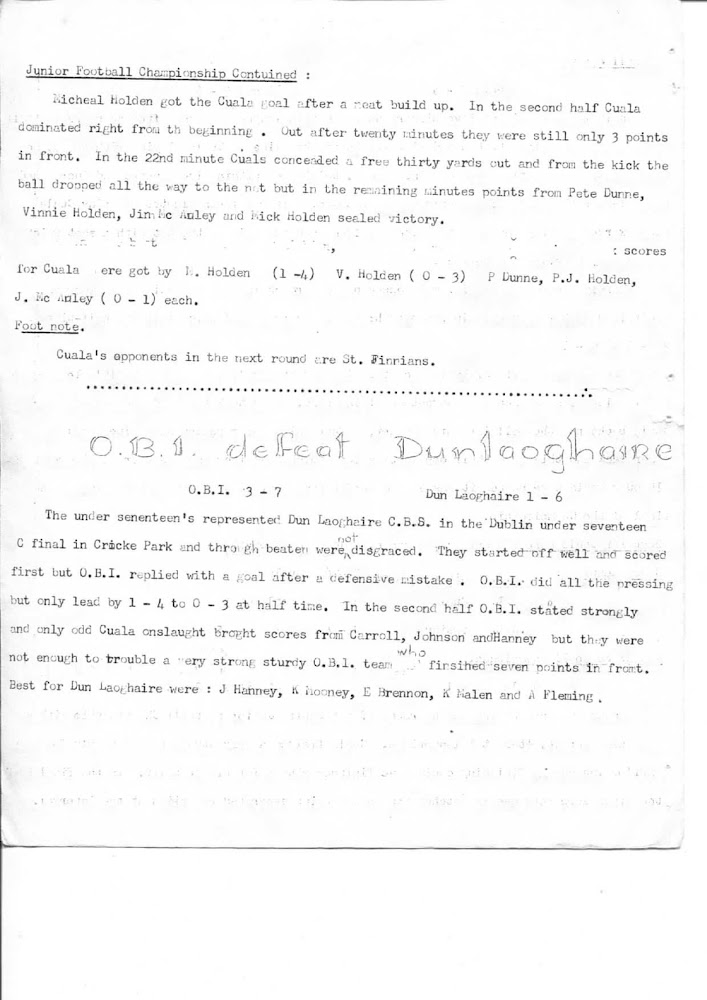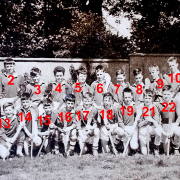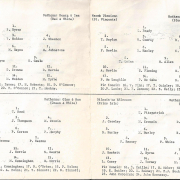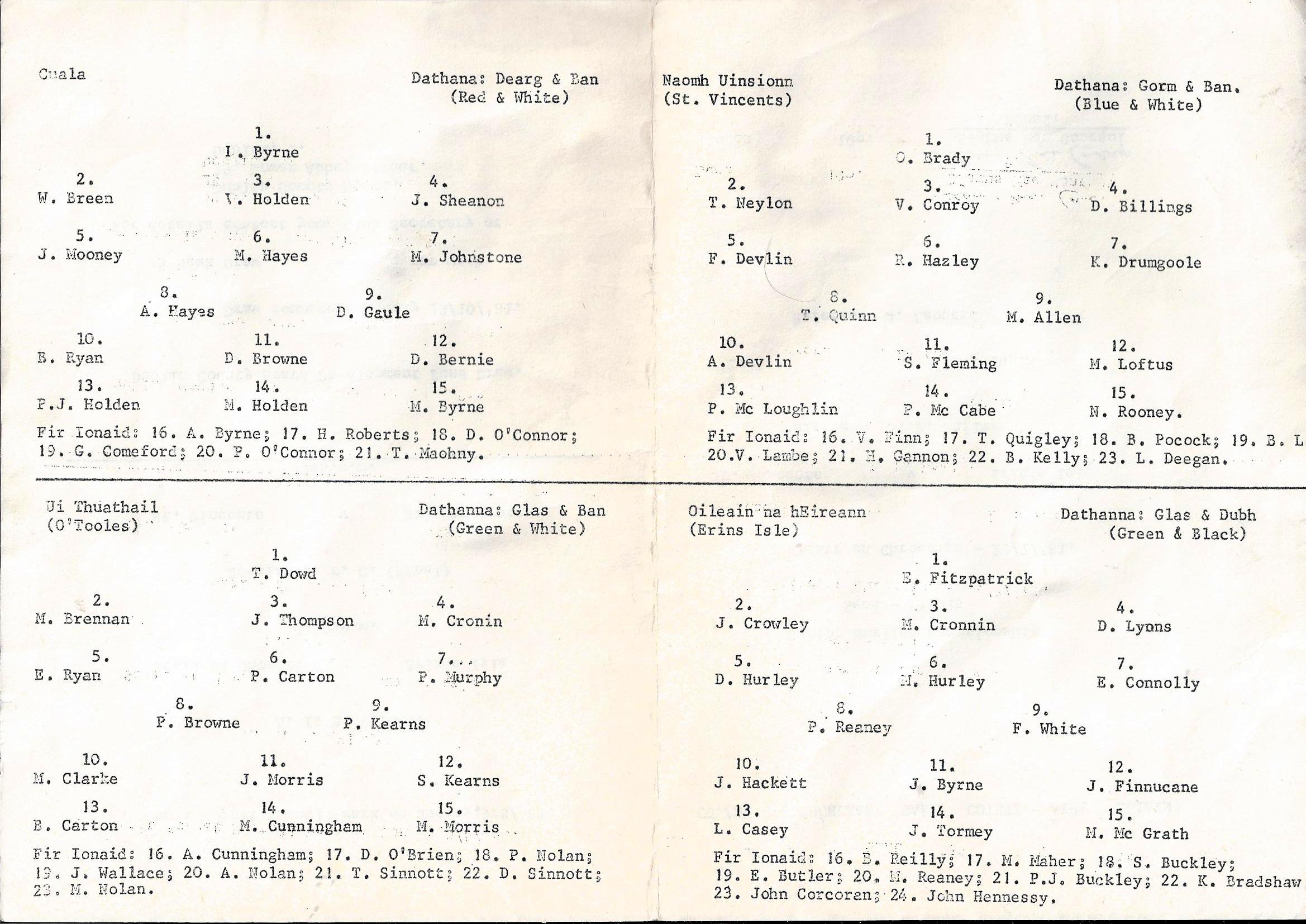On the eve of a historic weekend when a Cuala team returns to defend its all-Ireland club title at headquarters, Cartlann Digiteach Cuala is delighted to offer this reflection from Frances Browner on happy days gone by.
(Readers of a nervous disposition are reassured than modern-day regulations ensure chips are stored in greatly-improved conditions.)
“In 1978, for my parents’ 25th wedding anniversary, they went to Canada to visit my Uncle, the first time on a plane for both of them. As the eldest of eight, I was left in charge of the house. Cooking Sunday dinner was my first challenge; one we wouldn’t have dreamt of ignoring. My efforts were interrupted, however, by constant rings to the doorbell; strange men appearing in the hallway, some even venturing up the stairs to have a pep-talk with my brothers in the bedroom. Their voices were familiar, as I had heard them on previous Sundays dragging all three boys from their beds, but had paid no heed. Sniffing roast beef and gravy aromas from the kitchen, Pat Sheanon and Pete Dunne warned me not to feed them too much; even inquired as to what they’d had for breakfast.
The excitement was palpable, tense even, so that when some of their friends arrived to make sure they had departed on time, my sister Barbara and I looked at one another. Should we go? We would, we decided, jumping into the lads’ car and embarking on a journey that would last to this day. All along the Merrion Road, red and white scarves and flags billowed from car windows. Horns beeped. Drivers in red hats smiled and lifted their fists. It was a fine August afternoon in 1978 and we were on our way to Parnell Park to watch Cuala play Vincent’s in the Junior Football Final. Barbara and I were soon swept along with the cheering; the camaraderie, the heart stopping excitement.
When our brother, Johnny, took the ball and made a solo run down the side of the pitch, finishing with a clean sweep of the bar in a point, we screamed with the rest of the spectators and converged on the pitch with them, when the match was over. Cuala had been upgraded to Intermediate level. Later, in the Carney Arms, we joined in the sing-song; heard Pete’s “Jerusalem” and Tom Holden’s “Four and Nine” for the first time. I even ventured “Gallipoli” to rapturous applause. Most people were surprised to discover that the Browners had sisters. The following week, before our parents returned, Eamonn Brennan’s stag party turned up at the house, and we were initiated into the Club, with Anne later playing camogie and me, badminton. (Ed. Eamonn has fond memories too of great Cuala days)
After that, Sundays were no longer boring. There were matches against St. Anne’s; St. Vincent’s, na Fianna, Fingal, even St. Margaret’s, which entailed a coach bus ride. There were the seven-a- sides in Kilmacud and home games on Hyde Road. There were stop-offs in the Coachman’s Inn; Meagher’s of Fairview; Paddy Cullen’s in Ballsbridge, but the last round was always in Hogan’s in Dalkey; until, we got our own bar.
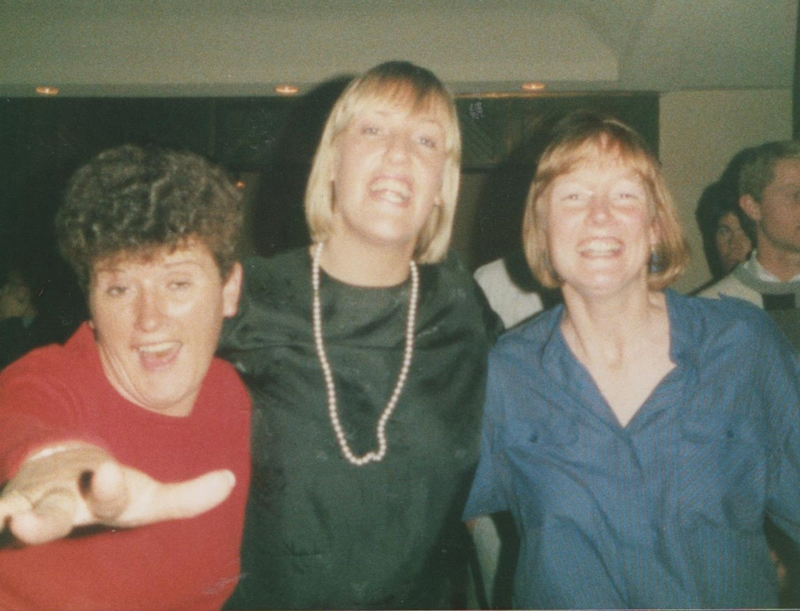
Then there were bar teams to be picked; golf tournaments to be organised. It meant
Monday night cards, and Thursdays too, after badminton; sometimes Friday for the Bingo and on a Sunday, if there wasn’t a match, you’d still get a crowd when Glenroe was over. The sing-songs swelled. As well as the crooners mentioned above, we had Mick Kirwan’s “Send the Lad Over” Dessie Cahill’s ‘Bottler’ impersonations, Marian’s Annachie Gordon and a pen to be found for Jimmy Doyle’s “Cool Clear Water”. The finale was always Da’s, ‘Goodbye Goodbye’ from the musical, The White Horse Inn. Everyone had to do a piece, with the occasional ‘new release’ reviewed.
As for the weekends away, I recall a Toga Party in Portlaoise, a Black and White pub crawl through Donegal, finishing off with a rendition of ‘The Rooster’ in Ballyshannon; Colditz on the roof of the County Arms in Birr, the night before Matt Connors’ testimonial in Tullamore; Good Friday waiting in the lobby of the Brandon in Tralee until the residents’ bar was opened at midnight. Joe F. Bourke and the lads in a caravan out the road. Pat (Michelin Man) Carr puncturing two tyres on the way to Killarney. A session in Paudie O’Sé’s pub in Ventry; And someone’s (name available on request) false teeth in his basket of chips to stop the rest of us from nicking them. And of course, the highlights were the bar dives, with marks given for style, and distance.
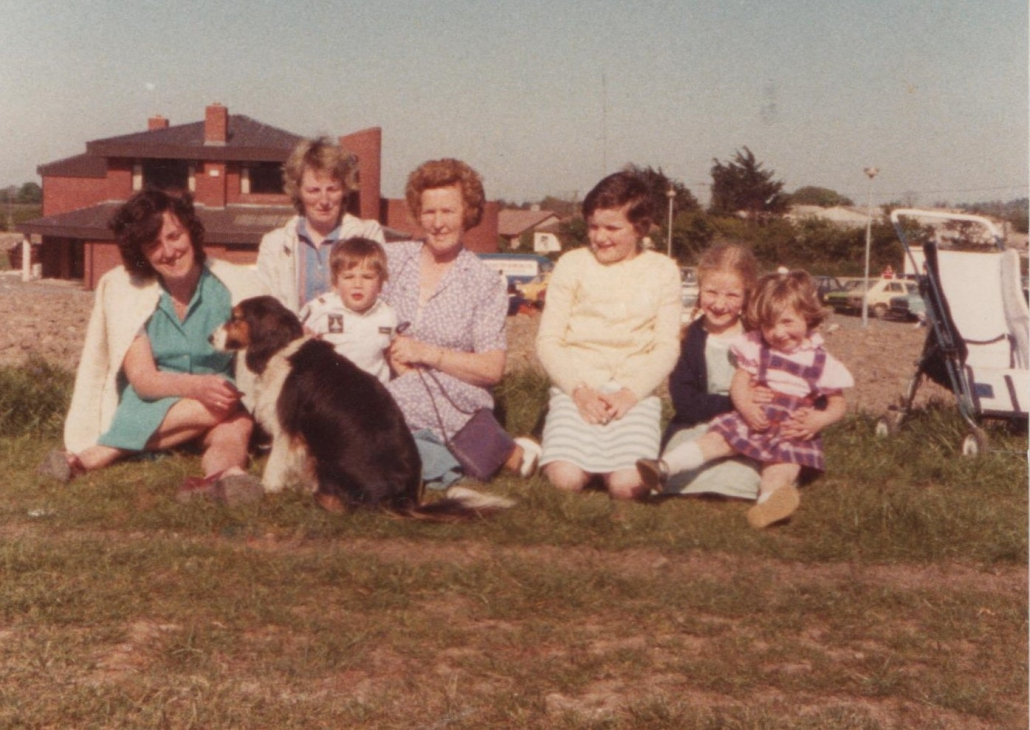
The 1981 Intermediate championship was played in early ’82, with Neil and Gerry, who had been sub in ’78, helping Cuala graduate to Senior level after beating Man O’ War in a replay. Dad took up the reins as Selector and then Mickey togged out. Later, Paul would play Under 21’s. With Ma and Friskie on the sideline of every single match, the whole family were Cuala. In 1987, I drifted off to America with Jo Holden, Kathleen Sheanon and Caroline Conway, but a bond had been formed that would prove impossible to break. Gate-crashing the Dinner Dance two years ago, I saw the same camaraderie between sons, daughters, nieces and nephews of the former teams. Players have become Managers, Mentors and Coaches; those who have passed away are remembered, and missed.
And although my father was a Limerick man, and his father one of the founding members of the Gaelic Grounds there, I will be donning my red hat next Saturday, and shouting once again”
Cuala Abú.
Frances Browner
 Cartlann Digiteach Cuala (Cuala Digital Archive) maintains an on-line archive of images and stories relating to Cuala, its ‘ancestral’ clubs and other Gaelic clubs that once operated in its area. If you have any information or material to share with us, please contact –
Cartlann Digiteach Cuala (Cuala Digital Archive) maintains an on-line archive of images and stories relating to Cuala, its ‘ancestral’ clubs and other Gaelic clubs that once operated in its area. If you have any information or material to share with us, please contact –
Michael Goodwin, +353 (0) 87 2266140, history@cualagaa.ie
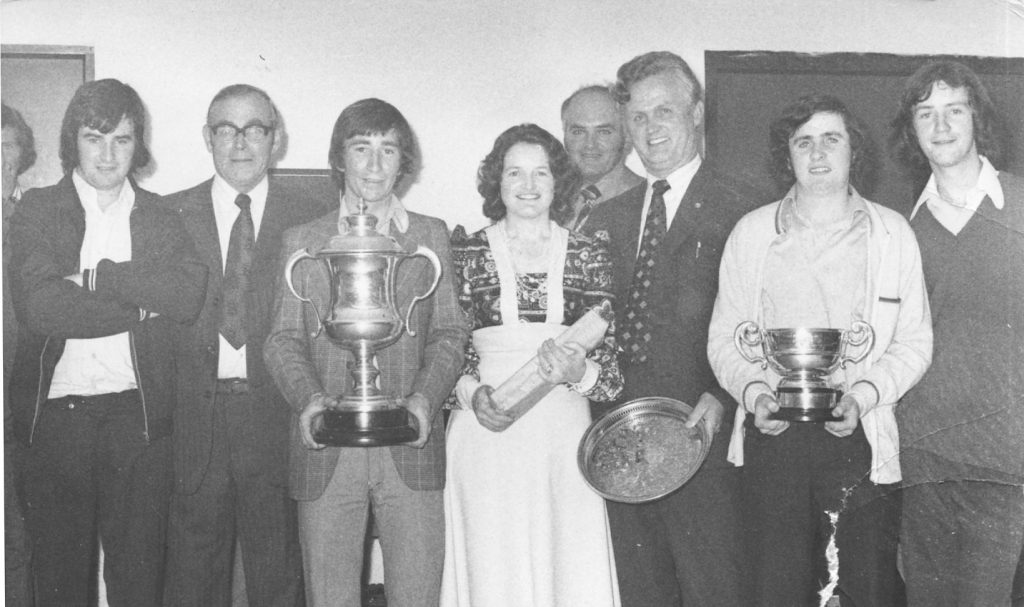
 Cartlann Digiteach Cuala (Cuala Digital Archive) maintains an on-line archive of images and stories relating to Cuala, its ‘ancestral’ clubs and other Gaelic clubs that once operated in its area. If you have any information or material to share with us, please contact –
Cartlann Digiteach Cuala (Cuala Digital Archive) maintains an on-line archive of images and stories relating to Cuala, its ‘ancestral’ clubs and other Gaelic clubs that once operated in its area. If you have any information or material to share with us, please contact –
